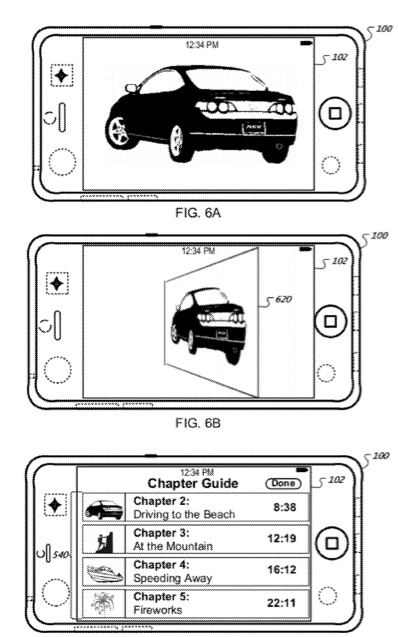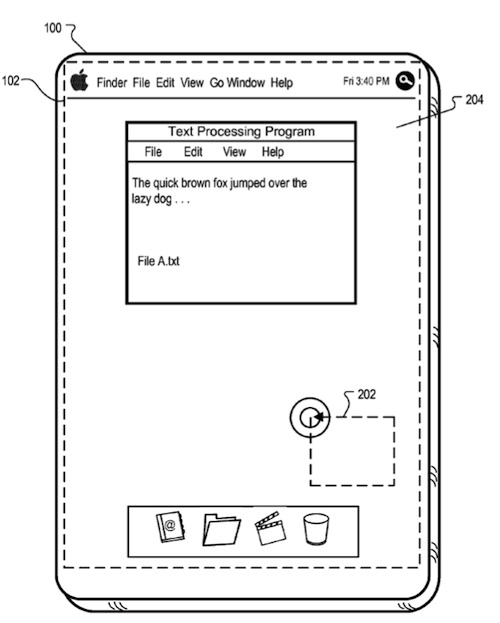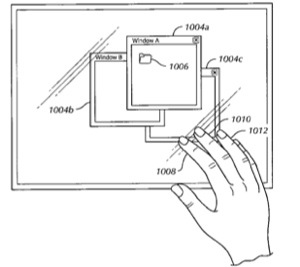There’s a growing divide in terms of the quality of mobile broadband coverage between rural and urban communities.
Mobile operators are responding to local community and state regulatory pressure to ensure mobile cellular coverage is not just “voice-capable” but also “mobile broadband-capable.” In 2019, an estimated $20.2 billion will be invested in developed and emerging market rural cell-sites, a 1.2% increase from 2018, reports ABI Research (www.abiresearch.com), a global tech market advisory firm.
Mobile operators and infrastructure vendors are also in the process of rebooting the typical cell-site deployment approach. The macro base-station is now being complemented by low-cost small cells that deliver coverage to a specific rural village or town. Small cell unit shipments will grow at a compound annual growth rate of 10.9% to reach $2.2 billion by the end of 2024.
“Several mobile network operators are taking proactive steps to prioritize the coverage needs of their rural end-users,” says Jake Saunders, vice president at ABI Research. “Telefonica has enabled mobile connectivity in remote Latin America by using the Parallel Wireless vRAN solution, which features multi-mode and carrier capabilities. Vodafone Egypt and Vipnet Croatia are some of the operators who have adopted Ericsson Psi Coverage, a low-cost RAN solution designed to utilize a single radio unit for rural deployment. There are also novel initiatives to combine solar-powered small cells with off-grid lithium batteries to provide communications and power to local communities.”





